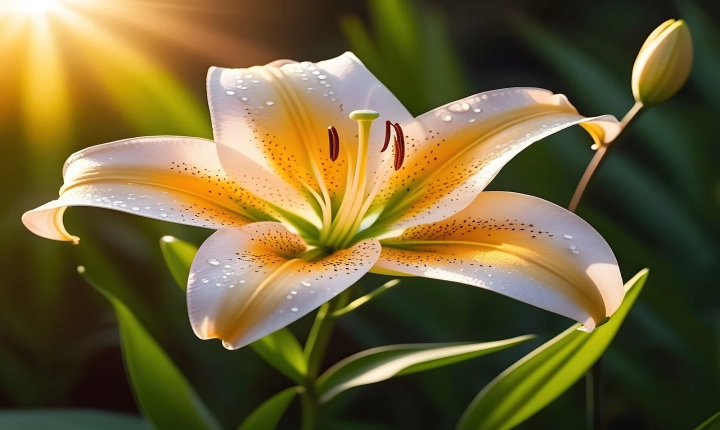AI Painter: The New Frontier in Artistic Expression
Artificial intelligence has made groundbreaking advancements in various fields, ranging from medicine to transportation. However, one of the most intriguing aspects of AI’s capabilities is its foray into the world of art. AI painter, a new technology, is redefining traditional notions of artistic creativity, pushing the boundaries of what is possible within the realm of visual art.
AI painter refers to the use of artificial intelligence algorithms to create original pieces of art, often indistinguishable from those produced by human artists. These algorithms are trained on vast datasets of artwork, learning the nuances of different artistic styles, techniques, and compositions. Through this process, AI painters can mimic the artistic styles of famous painters, as well as develop their own unique aesthetics.
One of the primary ways in which AI painters operate is through the use of neural networks, a type of machine learning model inspired by the human brain. These networks analyze and interpret the input data, learning to generate new content that aligns with the patterns and characteristics of the training data.
One of the key advantages of AI painters is their ability to generate artwork at an unprecedented speed and scale, freeing up human artists to focus on more intricate or conceptual aspects of their work. This can be especially valuable in commercial settings, where demand for visual content can often outstrip the time and resources available to human artists.
Furthermore, AI painters offer a new avenue for creative exploration. By leveraging the vast repositories of artistic knowledge stored within their training data, AI painters can experiment with a wide range of styles and approaches, expanding the boundaries of what constitutes art. This can lead to the discovery of novel visual concepts and the revitalization of forgotten or underappreciated artistic traditions.
However, the rise of AI painters also raises important questions about the nature of creativity and the role of the artist. Critics argue that AI-generated art lacks the depth and emotional resonance of human-created work, as it may not be rooted in personal experience or human emotions. Furthermore, there are concerns about the potential commodification of art, as the rapid production of AI-generated pieces could devalue the work of human artists.
Despite these challenges, AI painters have the potential to revolutionize the art world, offering new opportunities for collaboration and innovation. By working in tandem with human artists, AI painters can be used to augment and enhance the creative process, offering novel perspectives and tools for exploration.
As the technology behind AI painters continues to develop, it is clear that this revolutionary concept has the potential to reshape the way we conceive of art and creativity. While the ethical and philosophical implications of AI-generated art are still being debated, one thing is certain: the rise of AI painters marks an exciting new chapter in the evolution of artistic expression.
